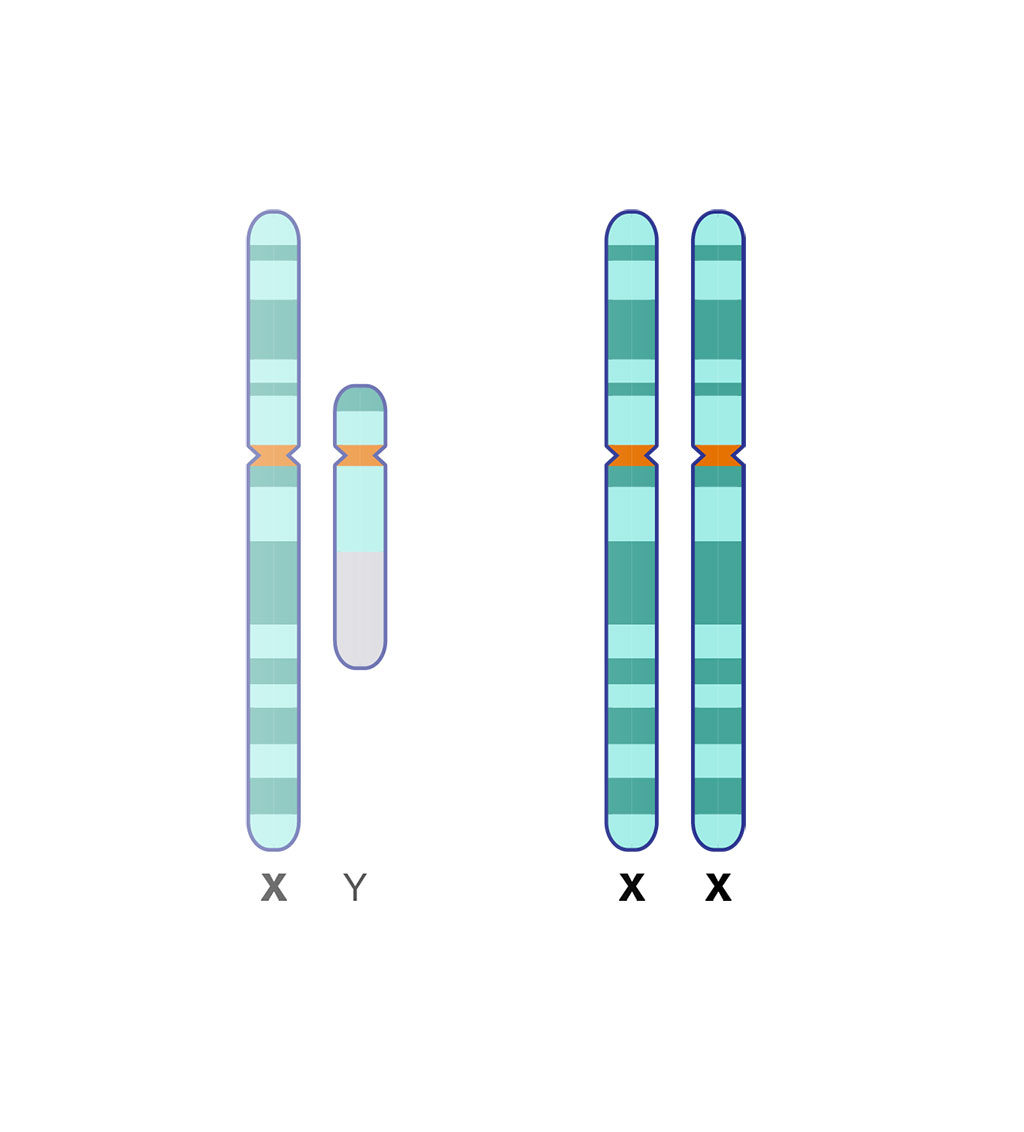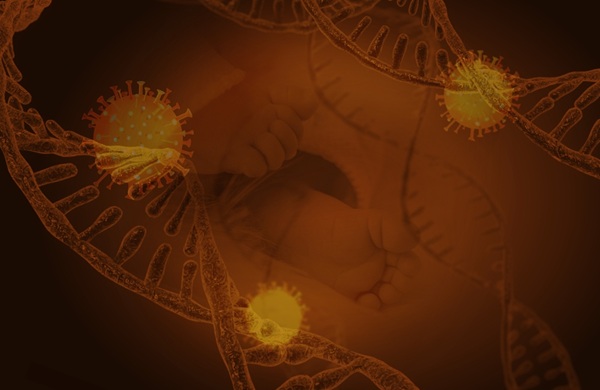X chromosome Genes Linked to Male Infertility
Posted on 12 Jul 2022
Male infertility can be caused by low sperm production, abnormal sperm function or blockages that prevent the delivery of sperm. Illnesses, injuries, chronic health problems, lifestyle choices and other factors may contribute to male infertility.
Although the evolutionary history of the X chromosome indicates its specialization in male fitness, its role in spermatogenesis has largely been unexplored. Currently only three X chromosome genes are considered of moderate-definitive diagnostic value.

A large international team of medical scientists led by the University of Florence (Florence, Italy) used targeted X chromosome sequencing or exome sequencing to search for genetic contributors to infertility in more than 2,350 men with idiopathic forms of non-obstructive azoospermia or cryptozoospermia that could not be explained using conventional diagnostic methods. Genomic data were analyzed and compared with data in normozoospermic control individuals and Genome Aggregation Database (gnomAD) database (Broad Institute, Cambridge, MA, USA).
The team flagged hundreds of X chromosome genes that were recurrently mutated in men with infertility. When they whittled that set down by considering associations within and across cohorts, they identified 21 genes with the strongest spermatogenic ties and another 34 genes with more modest associations. When the team took the most pronounced infertility associations forward for targeted sequence analyses in another 265 men with non-obstructive azoospermia/cryptozoospermia and 54 non-obstructive azoospermia patients, it identified nine infertile men carrying variants in half a dozen of the genes. Still other genes in the candidate set had weaker links to infertility across the replication cohort.
The investigators validated suspected associations, explored protein interaction profiles for candidate infertility contributors, and searched for other genes that had higher-than-usual mutation burdens in infertile men compared with their fertile counterparts. The most frequently affected prioritized gene, RBBP7, was found mutated in ten men across all cohorts.
Csilla Krausz, MD, PhD, an Endocrinologist and a senior author of the study, said, “Our analysis represents a substantial step toward reducing the gap in our understanding of X-linked genetic causes of spermatogenic failure.”
The authors concluded that collectively, their study represents a significant step towards the definition of the missing genetic etiology in idiopathic severe spermatogenic failure and significantly reduces the knowledge gap of X-linked genetic causes of azoospermia contributing to the development of future diagnostic gene panels. The study was published on July 8, 2022 in the American Journal of Human Genetics.
Related Links:
University of Florence
Genome Aggregation Database













